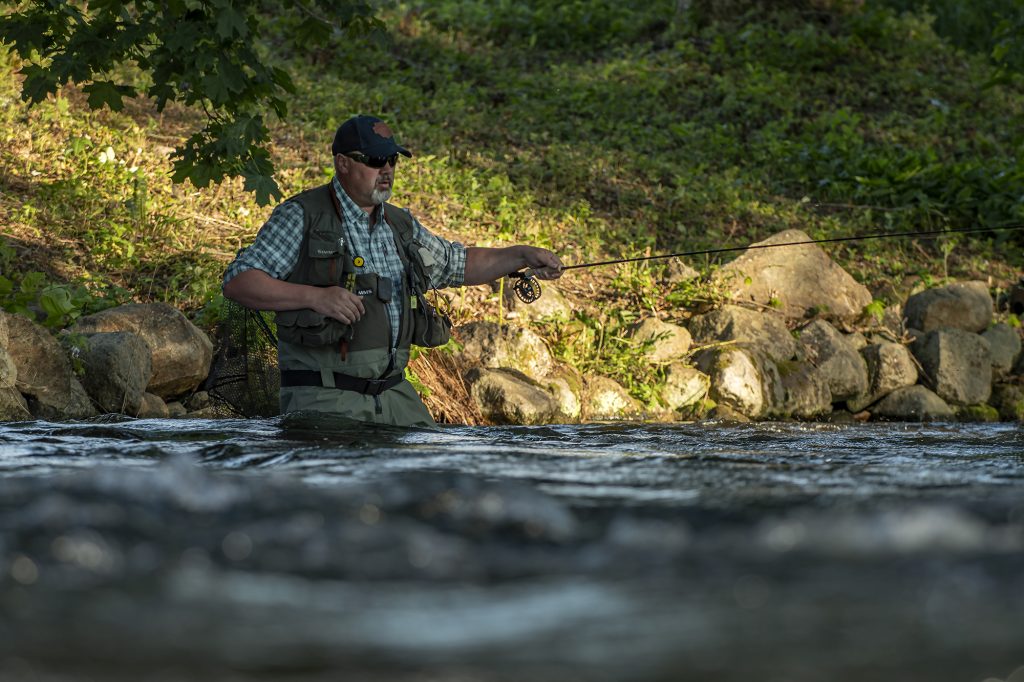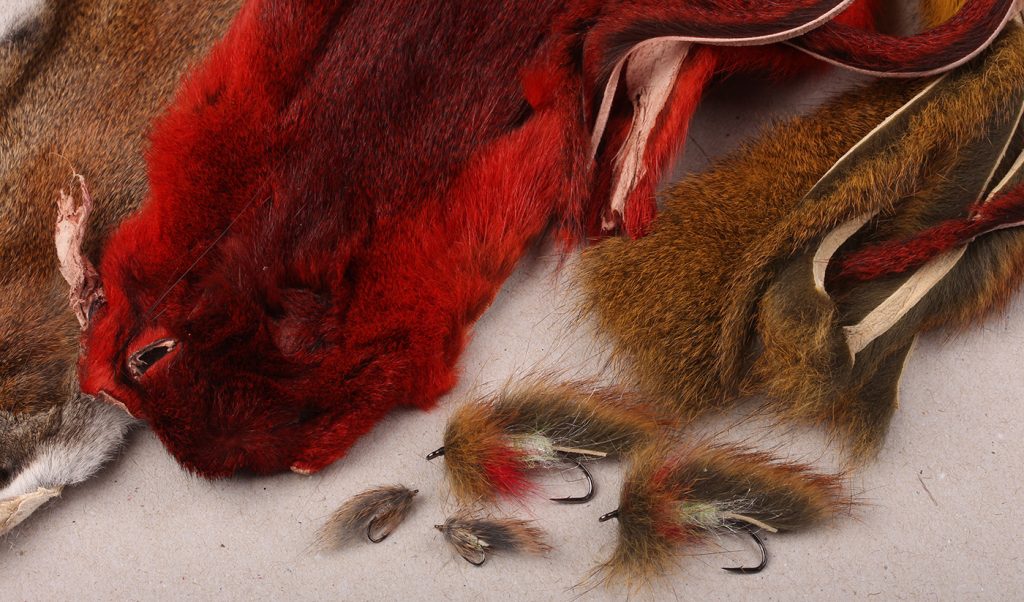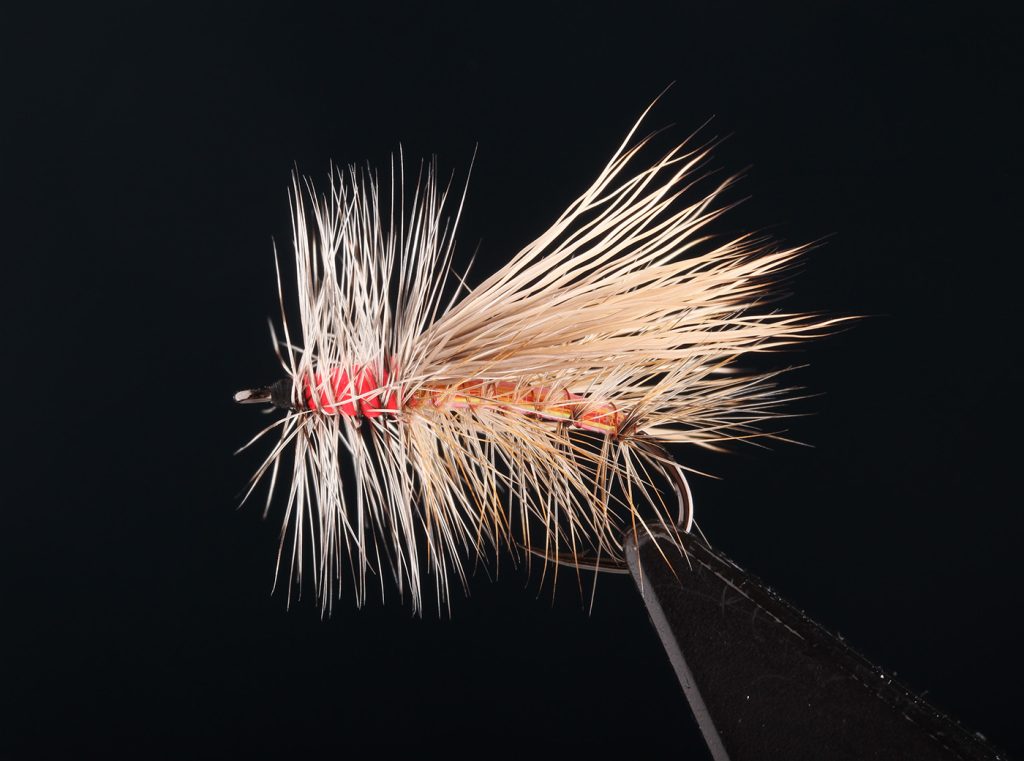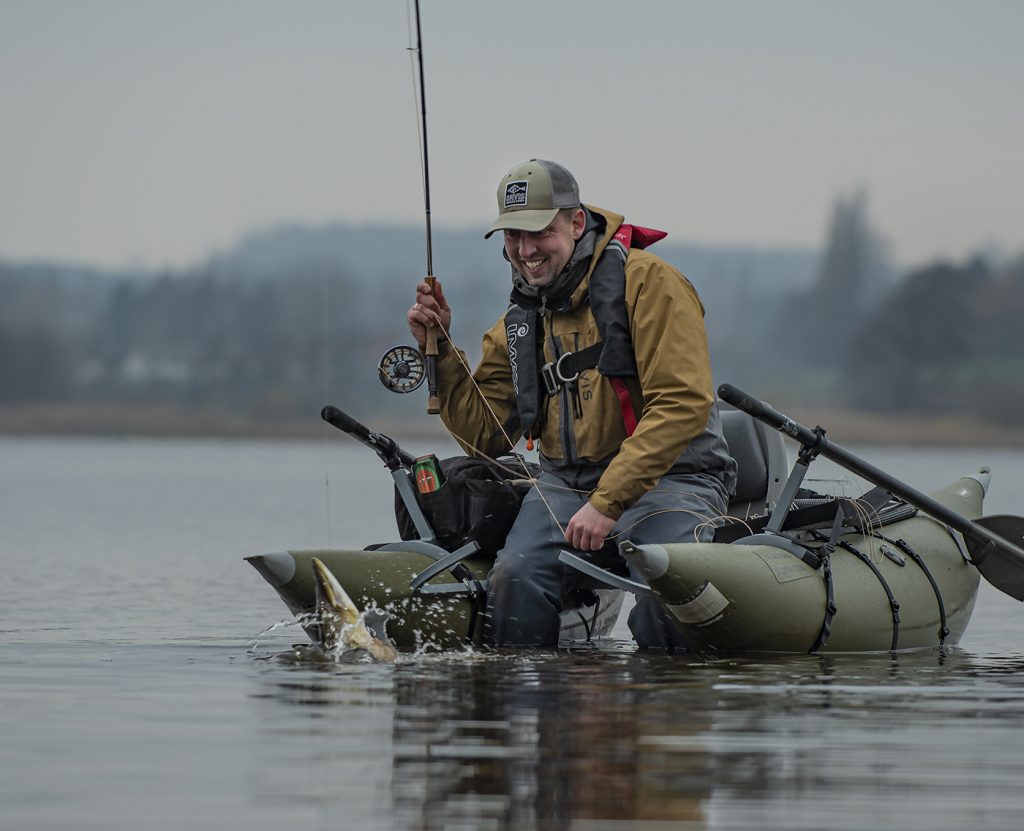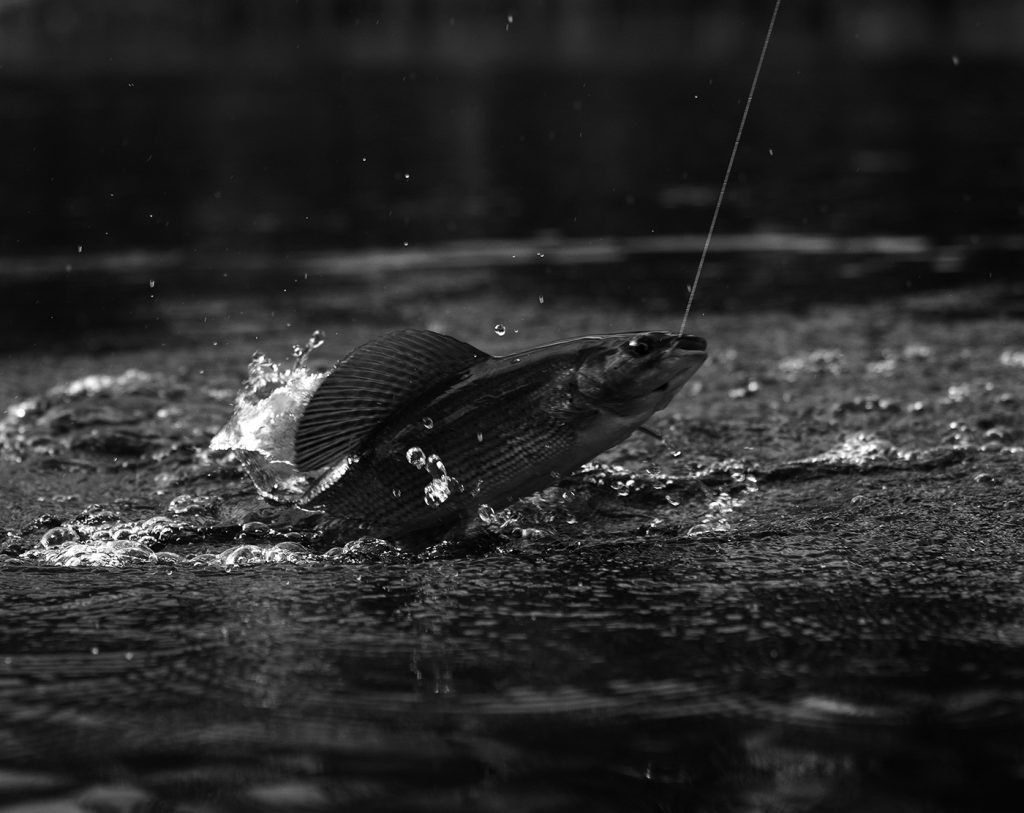
Sometimes we are asked if more hook models are needed, as we already have a justifiable number in our range. The answer to the question is both no and yes. No, because the hooks we have already developed cover the vast majority of situations that we fly fishermen can be exposed to. But the question can also be answered with yes, as new fly models are constantly appearing, but also ways to tie the flies on the hook.
Håkan Karsnäser has written this blog about the subject “small flies, big hooks”
Continue reading “Small flies, big hooks”

